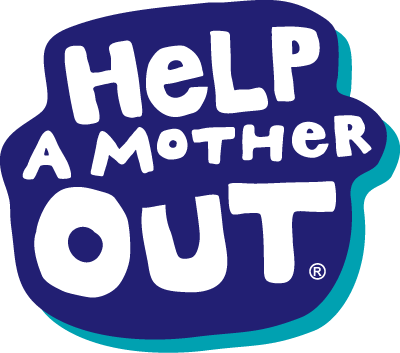What a year!
When we started HAMO in the spring of this year we thought we were going to do a health and hygiene drive, maybe collect extra hotel soaps and a thousand diapers and wipes – mostly from our immediate network of friends, colleagues, and neighborhood list servs. We set up shop, invested a little money and a whole lot of sweat equity. We recruited a handful of friends in other cities to take part in our little experiment. Everything on the fly, everything not by the book, all in between life. At the end of the month, together with our enlisted friends, we collected 15,000 diapers. I originally bought the donation bins and planned to re-appropriate them as rain barrels once the drive was over. I still don’t have rain barrels.
We joked about getting on Twitter.
We called in A LOT of favors.
We discovered diaper banks existed. We found out the Bay Area’s only diaper bank closed it’s doorsright before Mother’s Day (HAMO alumni, Sarah, is currently working to revive it – stay tuned!)
A world of family homelessness and poverty in our own backyards revealed itself.
We met some amazing new friends and advocates who pushed us to think beyond our immediate lives in order to connect the dots.
We called in MORE favors.
As of this writing, HAMO has collected a little over 135,000 diapers, plus countless wipes and other basic supplies. It’s an awesome number to look at isn’t it?
That number doesn’t just represent the number of times a baby gets changed into a clean diaper. It doesn’t represent the actions of one individual, or even a handful of individuals. The thing is, this number is just a small part of the story.
Lives have been made easier by that number. Families were able to pay their utility bill. Women fleeing domestic violence did not have to take a bus across town just to get emergency diapers. Their shelter had diapers to give them. Social workers brought diapers to isolated single mothers with limited resources and no family support. Families facing dire situations and crisis were able to concentrate on more pressing matters, instead of worrying whether or not they would run out of clean diapers for their baby before payday. Mothers could stay in school or go to work. Food was put on tables. Babies went to bed at night with a clean diaper. They didn’t get painful diaper rash. Their parents could afford medicine. We created a little safety net in our immediate communities. Our babies were kept safe and healthy.
But that isn’t the whole story.
We are all part of the story too. To our immediate friends and family – thank you. To all who collected and donated diapers, to all who came forward and asked how you could help by lending your expertise, spreading the word, writing about us, telling your friends and colleagues, tweeting, retweeting and facebooking us, to the women (and men!) who donated their valuable time – thank you. To the COUNTLESS friends, new and old, who gave a little (or a lot) of their time, to making this number a reality – thank you. To our diaper bank friends from around the country – thank you for sharing your knowledge and vision. To the moms who donated their open packs of diapers your baby outgrew – thank you. To our friends at our favorite mom run businesses, who agreed to be a donation location and spread the word to your network – thank you. To all the companies and individuals who donated diapers, money, and supplies for our special events – thank you. To all the mommy bloggers and non-mom bloggers who took the time to click, listen and helped spread the word (in some cases – host diaper drives!)- thank you. To the handful of journalists who discovered our blog or took the time to read our scrappy excuse for a press release – thank you. To our partners, who work quietly everyday to help struggling families – thank you for your inspiration and for doing the important work you do. You are all part of this story.
All of us at HAMO wish you a happy and safe new year. We are working hard to continue the campaign next year. We are going to need a lot more help. Thank you for being part of this experiment.



